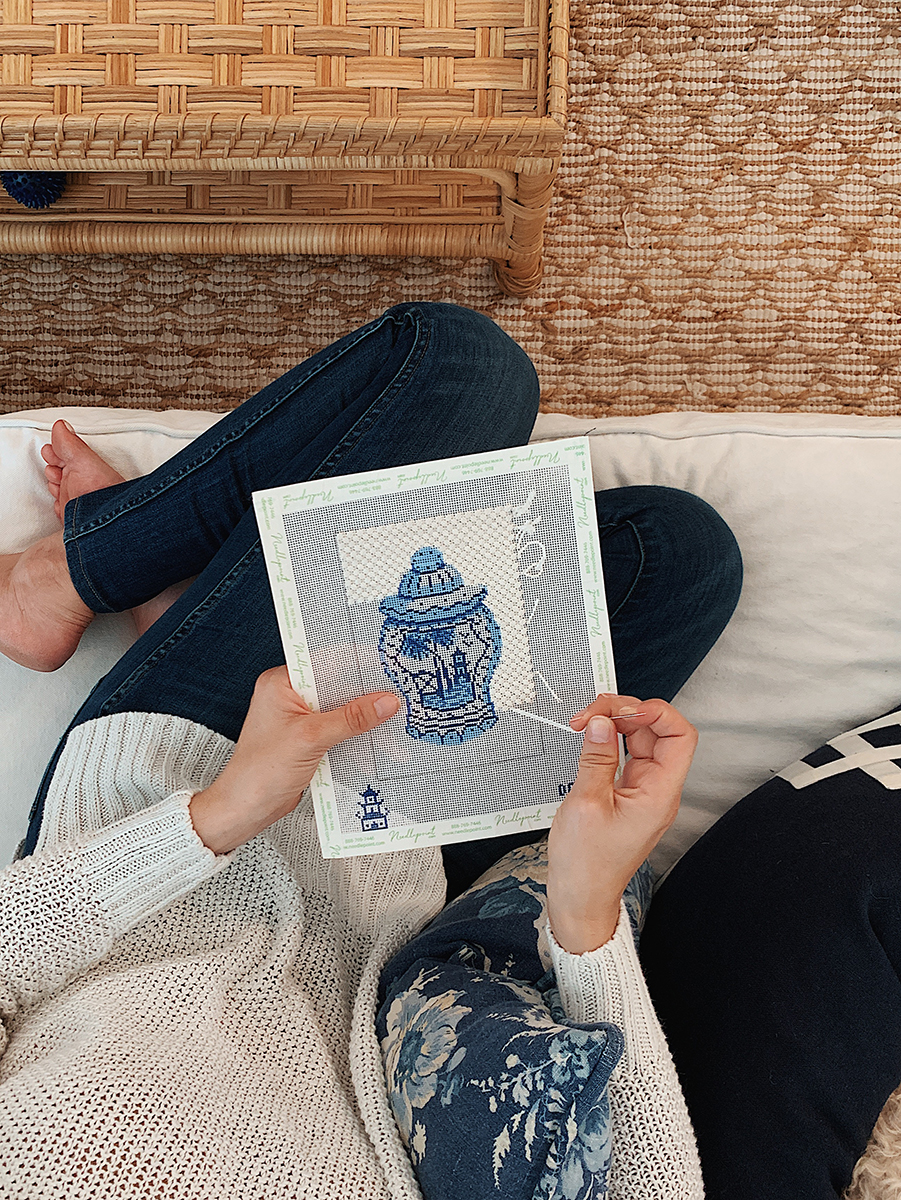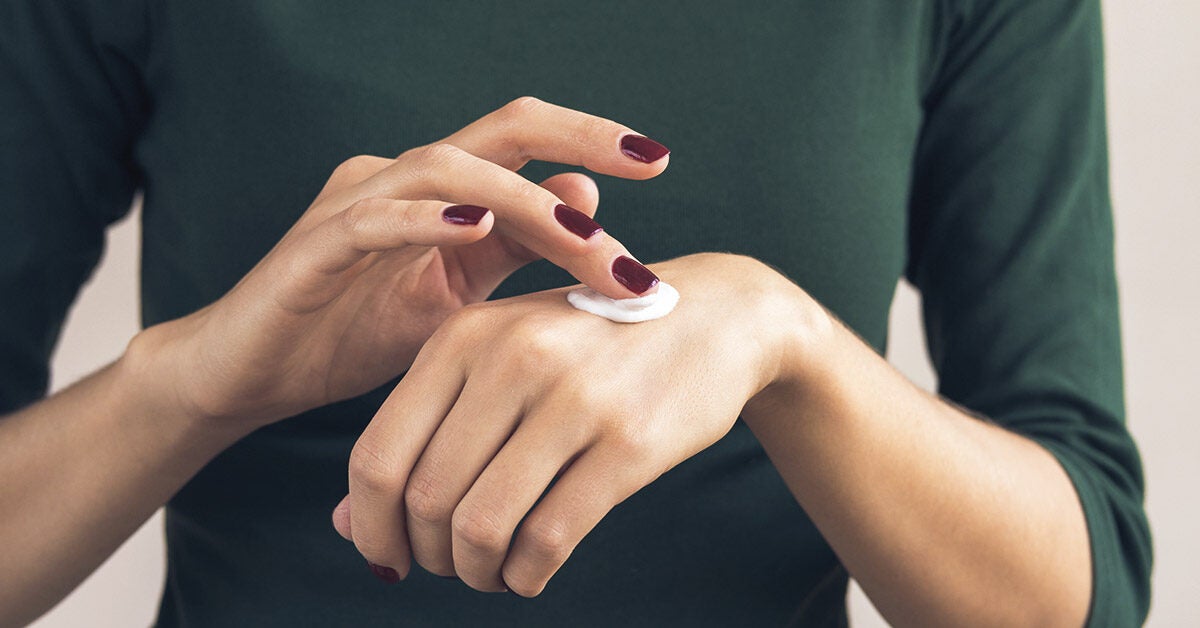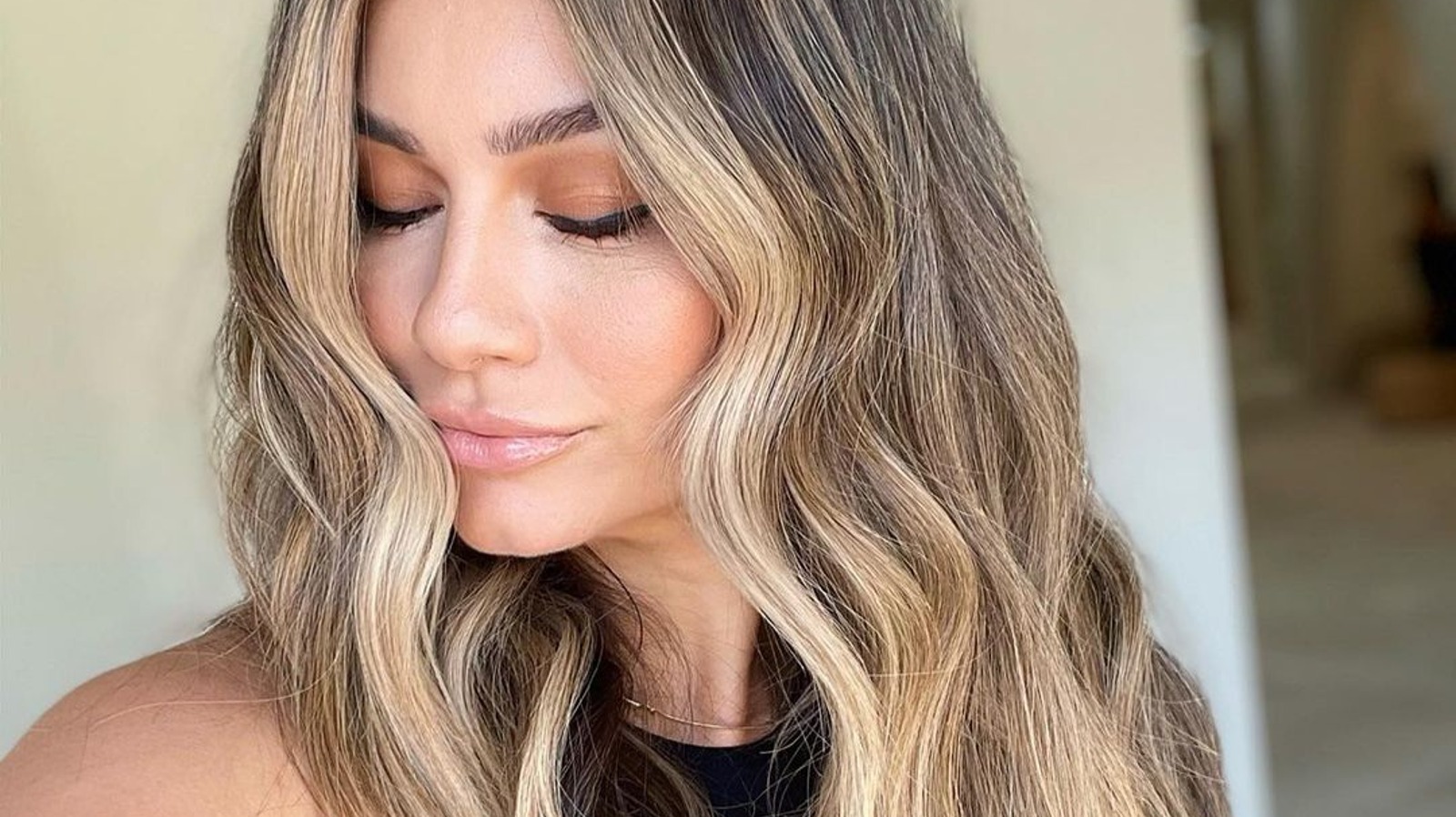Needlepoint Canvases: A Guide to Choosing and Using Them

Needlepoint is a timeless and enjoyable craft that has been practiced for centuries. It involves stitching on a canvas to create beautiful and intricate designs, ranging from simple patterns to elaborate works of art. One of the most crucial elements of this craft is the needlepoint canvas itself. Choosing the right canvas can significantly impact the quality of your work and your overall stitching experience. This guide will help you understand the different types of needlepoint canvases and how to select the best one for your projects.
Understanding Needlepoint Canvases
“Needlepoint canvases” come in various types, each suited for different projects and levels of expertise. The most common types are mono canvas, interlock canvas, and penelope canvas. Each type has its unique characteristics, making them suitable for specific stitching techniques and designs.
Types of Needlepoint Canvases
Mono Canvas: Mono canvas is the most widely used type of needlepoint canvas. It consists of a single weave of threads, making it very versatile and easy to work with. This canvas is suitable for both beginners and experienced stitchers because it allows for a wide range of stitches and techniques. The single weave also makes it easy to count threads and maintain consistency in your stitches.
Interlock Canvas: Interlock canvas is a tightly woven canvas where the warp and weft threads are interlocked. This type of canvas is known for its durability and stability, making it ideal for larger projects or pieces that will undergo frequent handling. The tight weave ensures that the stitches remain in place, reducing the risk of distortion over time. Interlock canvas is particularly popular for upholstery projects and items that will be used regularly.
Penelope Canvas: Penelope canvas features a double mesh structure, with pairs of threads woven closely together. This unique design allows for versatility in stitching, as you can choose to work on the smaller mesh for finer details or the larger mesh for bolder patterns. Penelope canvas is excellent for projects that require both intricate and larger stitches, offering a lot of creative flexibility.
Choosing the Right Canvas
Selecting the right needlepoint canvas depends on several factors, including your skill level, the complexity of the design, and the intended use of the finished piece. Here are some tips to help you choose the best canvas for your project:
Skill Level: Beginners may find mono canvas to be the easiest to work with due to its straightforward weave and flexibility. As you gain more experience, you might want to experiment with interlock or penelope canvases to expand your stitching techniques.
Design Complexity: For intricate and detailed designs, a finer mesh canvas, such as mono or penelope canvas, is ideal. These canvases allow for smaller stitches, enabling you to capture fine details. For larger, more bold designs, an interlock canvas with a coarser mesh might be more suitable.
Intended Use: Consider how the finished piece will be used. For decorative items that will be displayed or framed, mono canvas is usually sufficient. However, for functional items like cushions, upholstery, or handbags, interlock canvas provides the necessary durability to withstand regular use.
Preparing Your Canvas
Before you start stitching, it’s essential to prepare your needlepoint canvas properly. Here are some steps to follow:
Blocking: Blocking involves stretching and straightening the canvas to ensure it is perfectly square and taut. This step is crucial to maintain the accuracy of your stitches and the overall shape of the design. Use blocking boards or stretcher bars to secure the canvas while you work.
Marking the Design: If you are working on a pre-printed canvas, the design will already be outlined. For blank canvases, use a water-soluble pen or pencil to mark the design lightly. Ensure that your markings are accurate and match the scale of the canvas mesh.
Choosing the Right Threads: The type of thread you use can significantly impact the final appearance of your needlepoint project. Wool, cotton, silk, and synthetic threads all offer different textures and finishes. Choose threads that complement your canvas and design, and ensure they are of high quality to prevent fraying and fading.
Conclusion
Needlepoint canvases are the foundation of any needlepoint project, and choosing the right one is crucial for achieving beautiful results. By understanding the different types of canvases and considering factors such as skill level, design complexity, and intended use, you can select the perfect canvas for your next project. With the right preparation and materials, needlepoint can be a rewarding and creative hobby that produces stunning works of art.
Recent Posts
 What are Some Common Mistakes to Avoid While Trimming Your Beard?
What are Some Common Mistakes to Avoid While Trimming Your Beard? A Guide to Updating Your Skincare Routine for Summer
A Guide to Updating Your Skincare Routine for Summer 5 Things To Keep In Mind When Ordering From A China Hair Factory
5 Things To Keep In Mind When Ordering From A China Hair Factory Why Moisturising Your Hands Is So Important?
Why Moisturising Your Hands Is So Important? What Is Your Curl Pattern Type, And How Do You Deal With It?
What Is Your Curl Pattern Type, And How Do You Deal With It? Dermal Fillers: What Are Dermal Fillers, How Are They Used, And Who Uses Them?
Dermal Fillers: What Are Dermal Fillers, How Are They Used, And Who Uses Them? How Filorga Optim Eyes Works
How Filorga Optim Eyes Works Reverse Balayage: A Low Maintenance Cost For Beauty in Winter
Reverse Balayage: A Low Maintenance Cost For Beauty in Winter Shape the Brows with efficient Eyebrows Tinting
Shape the Brows with efficient Eyebrows Tinting Different Types of Hair Extensions
Different Types of Hair Extensions
